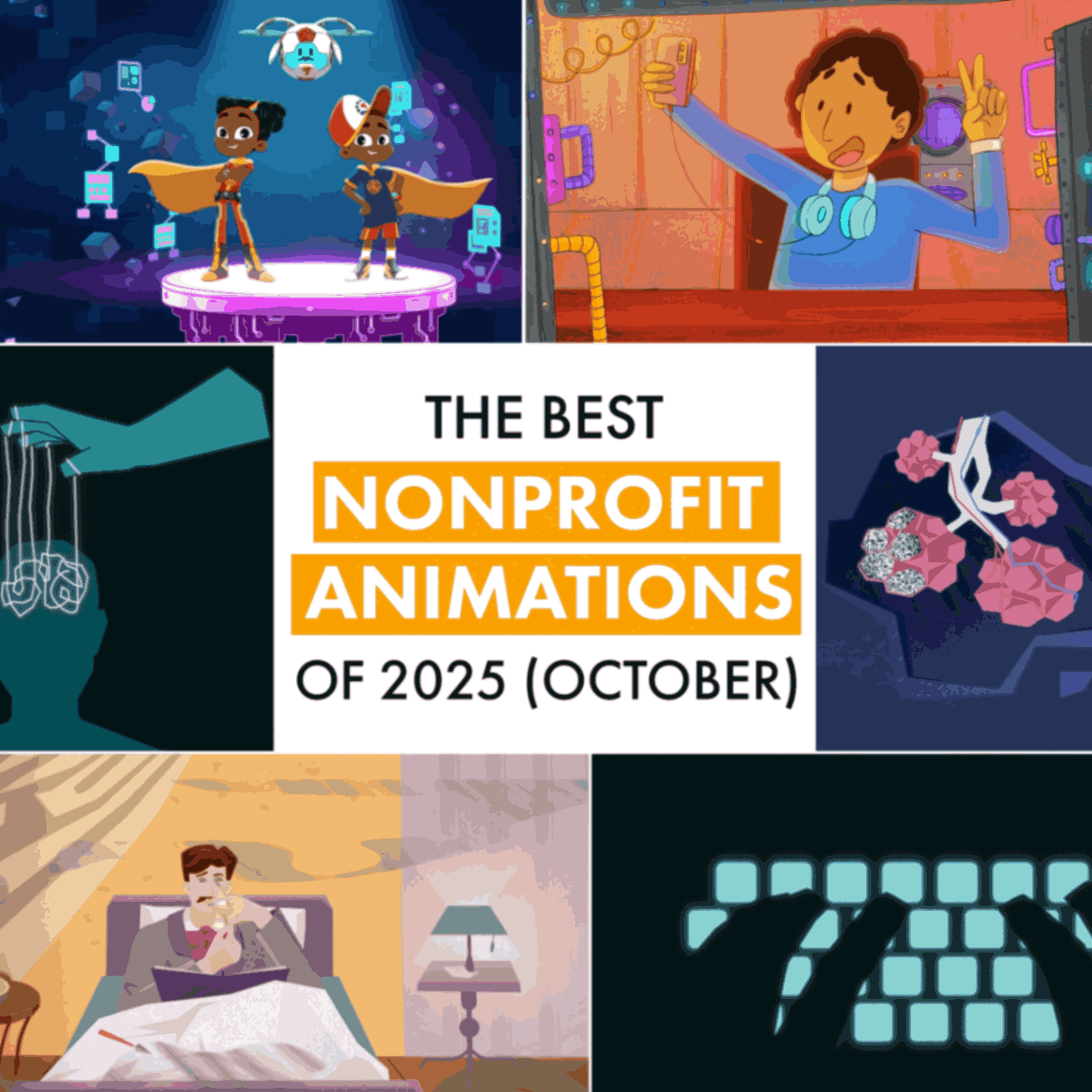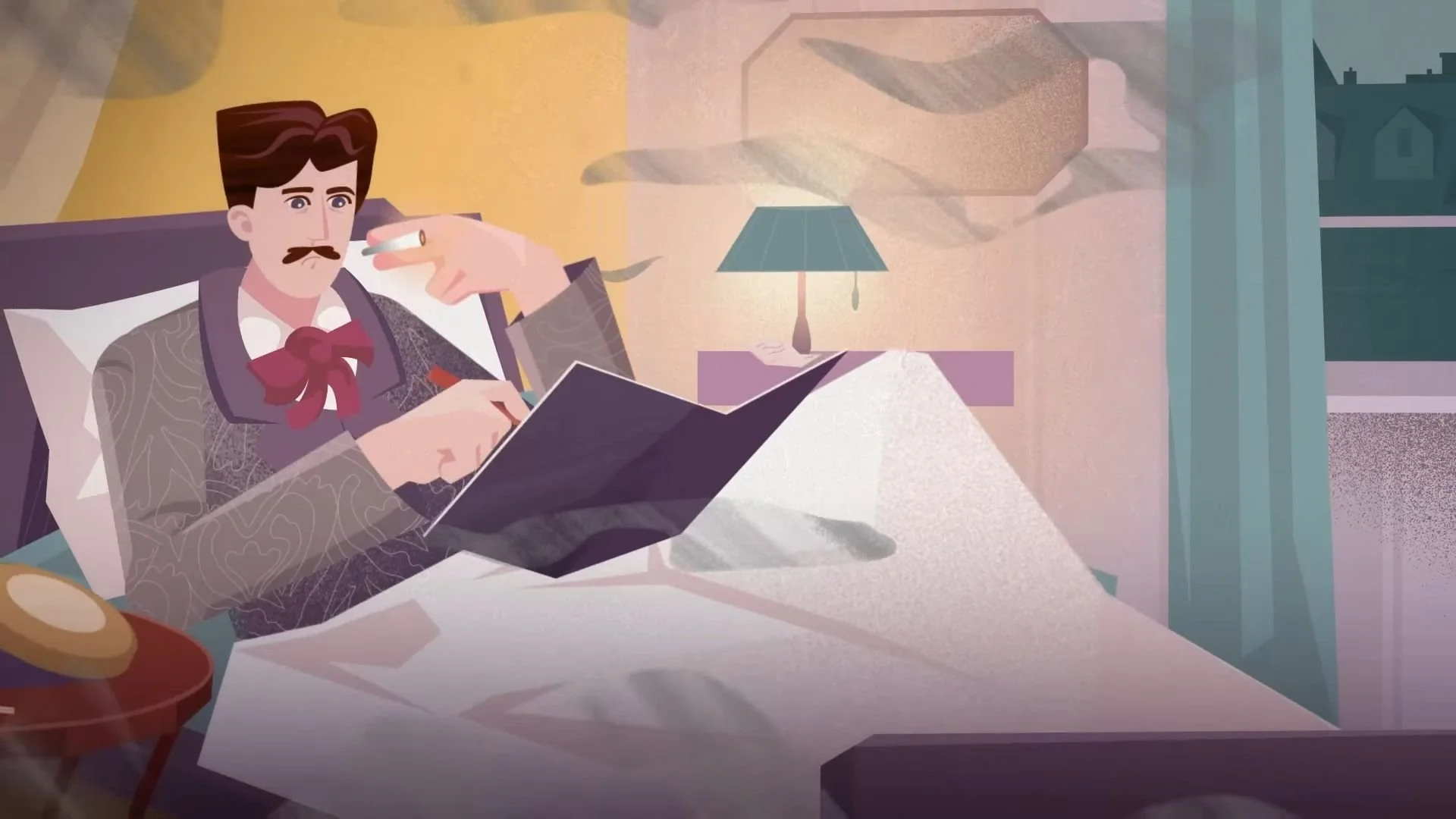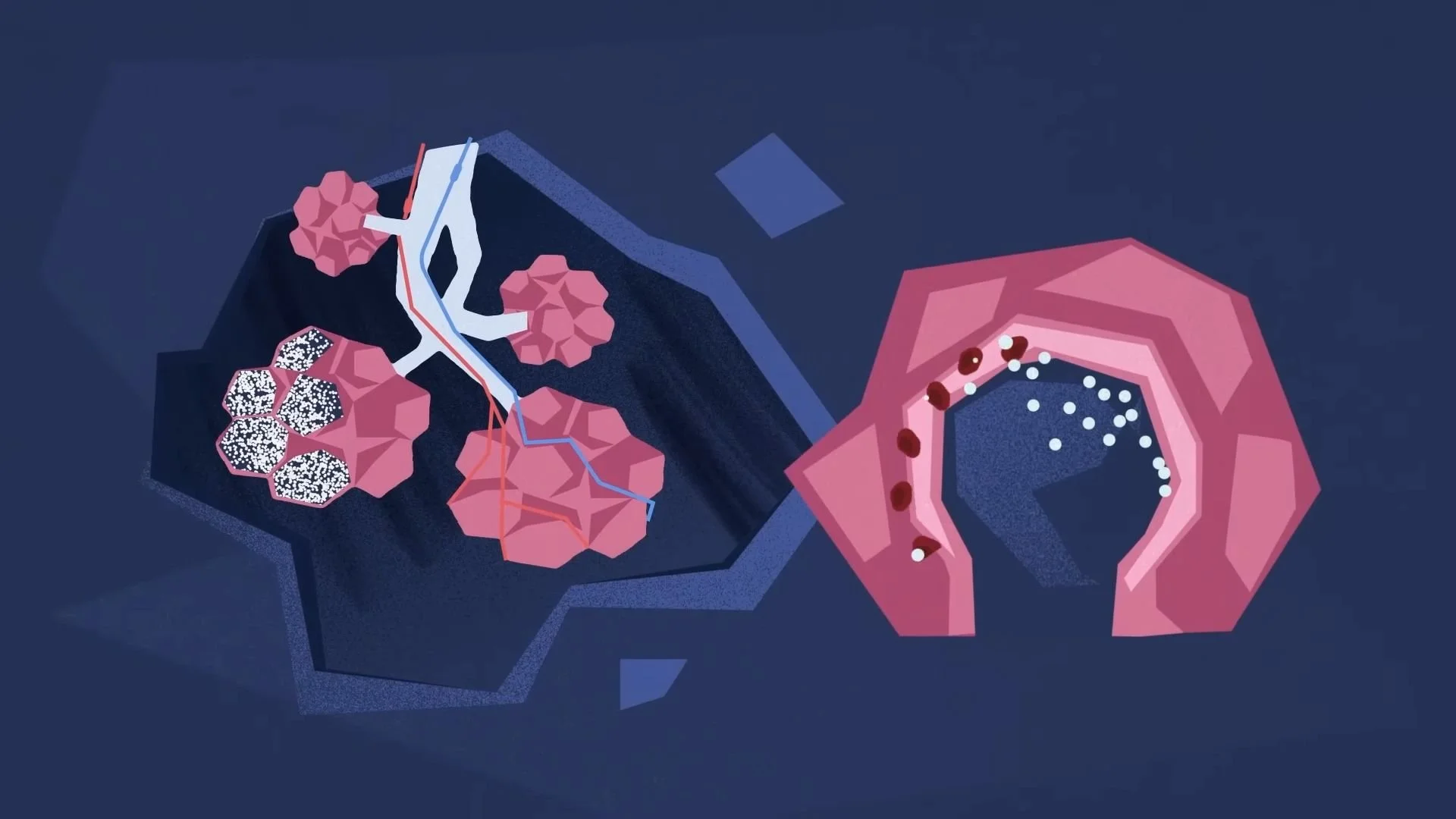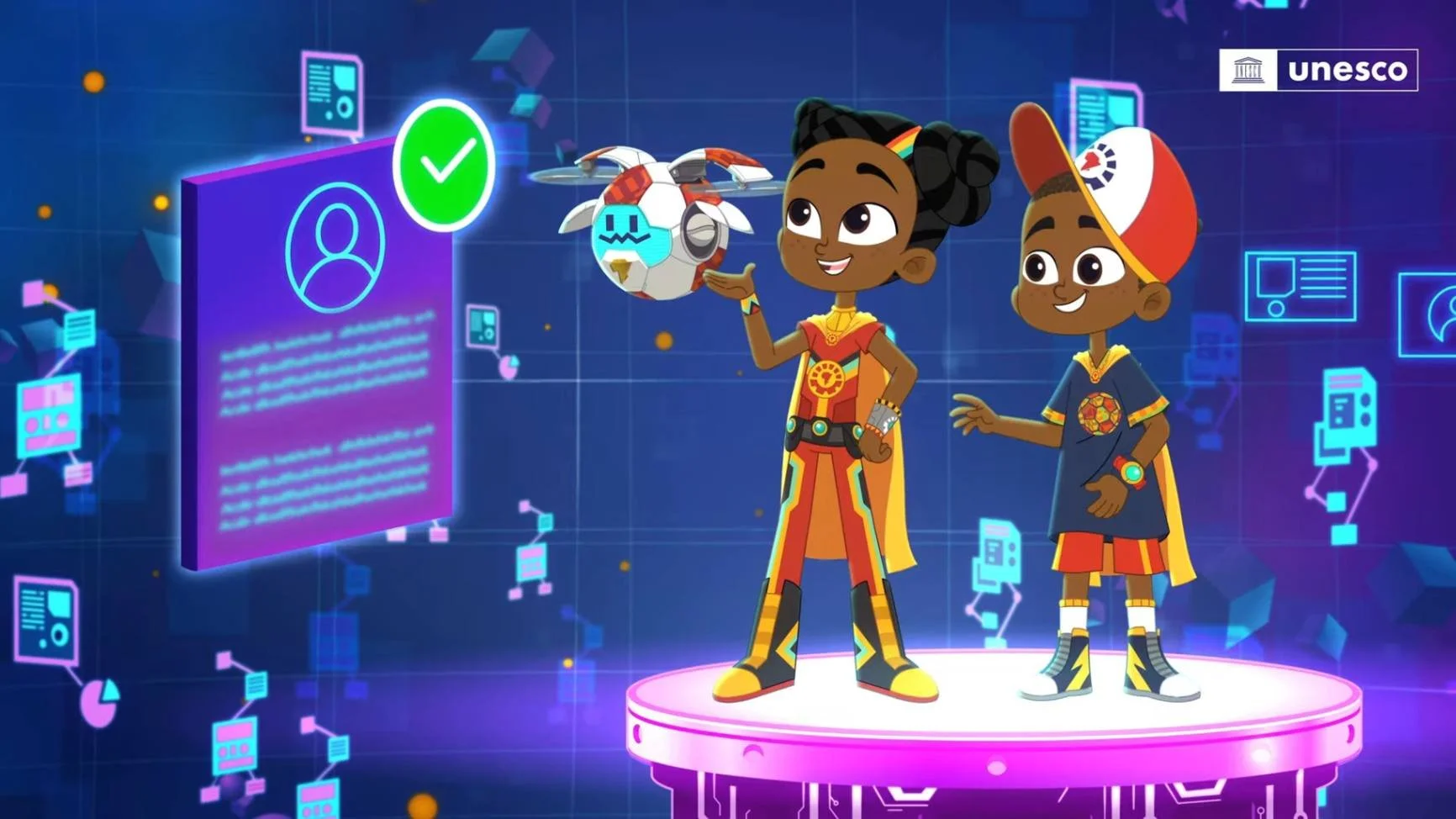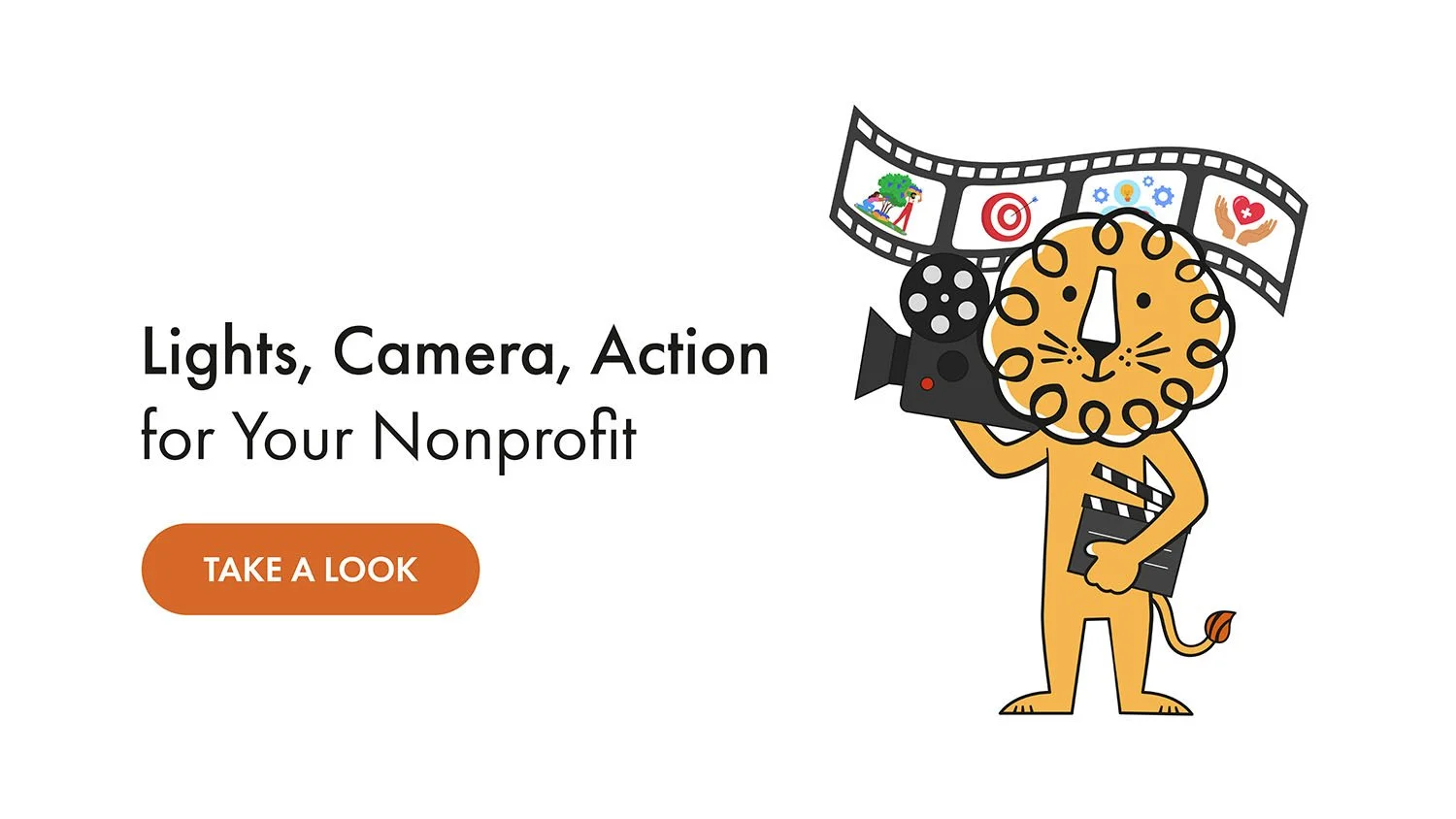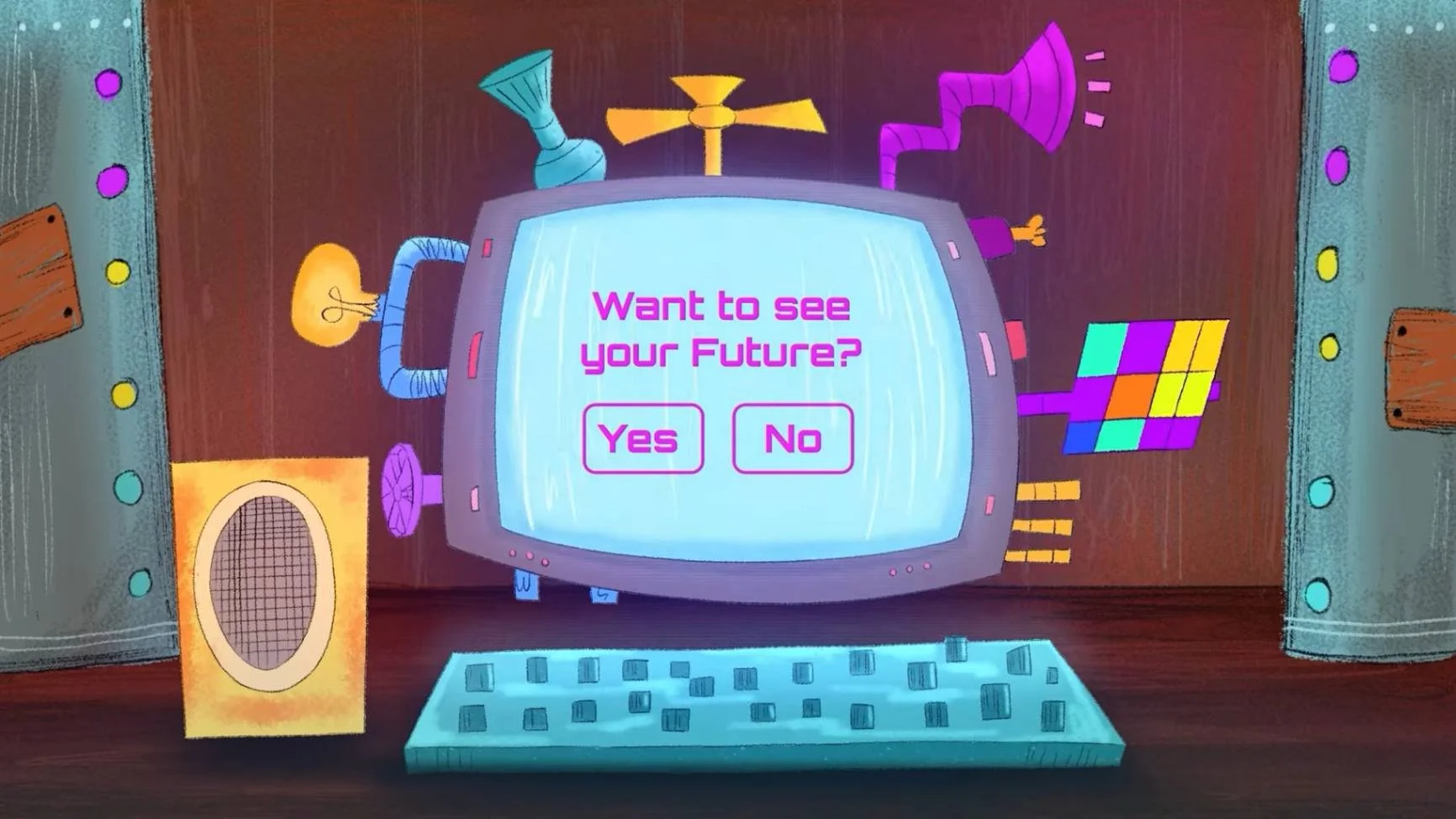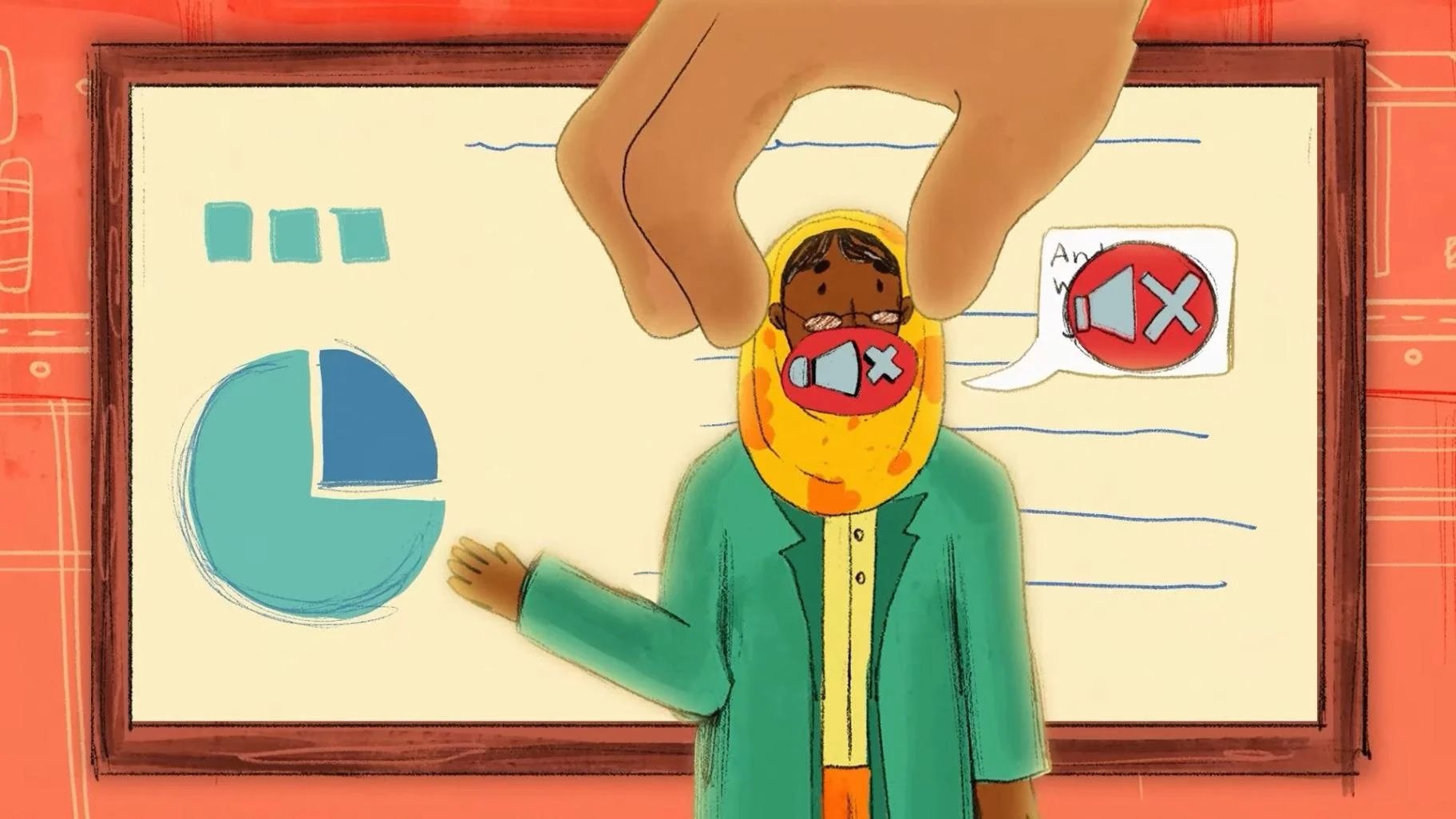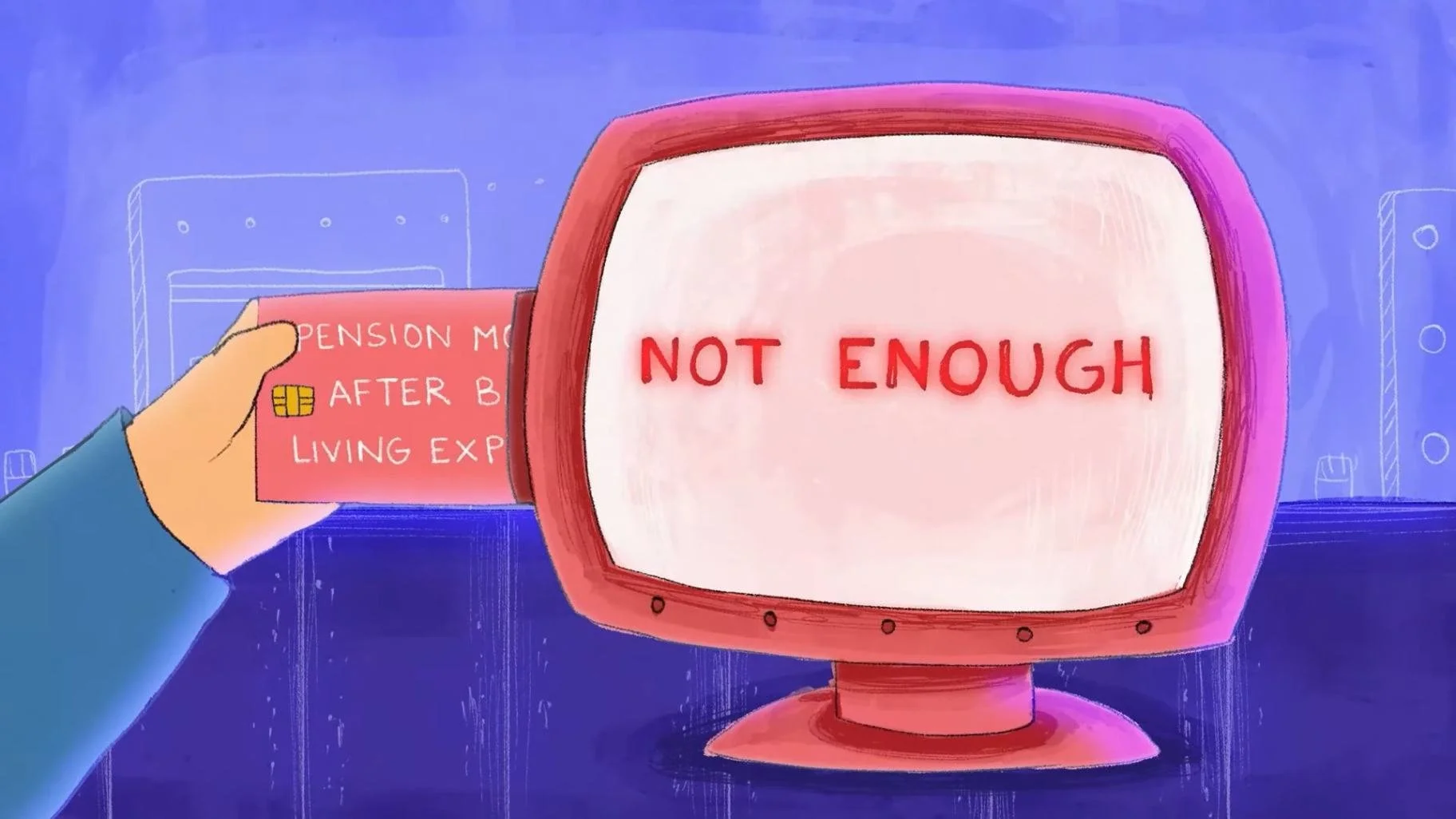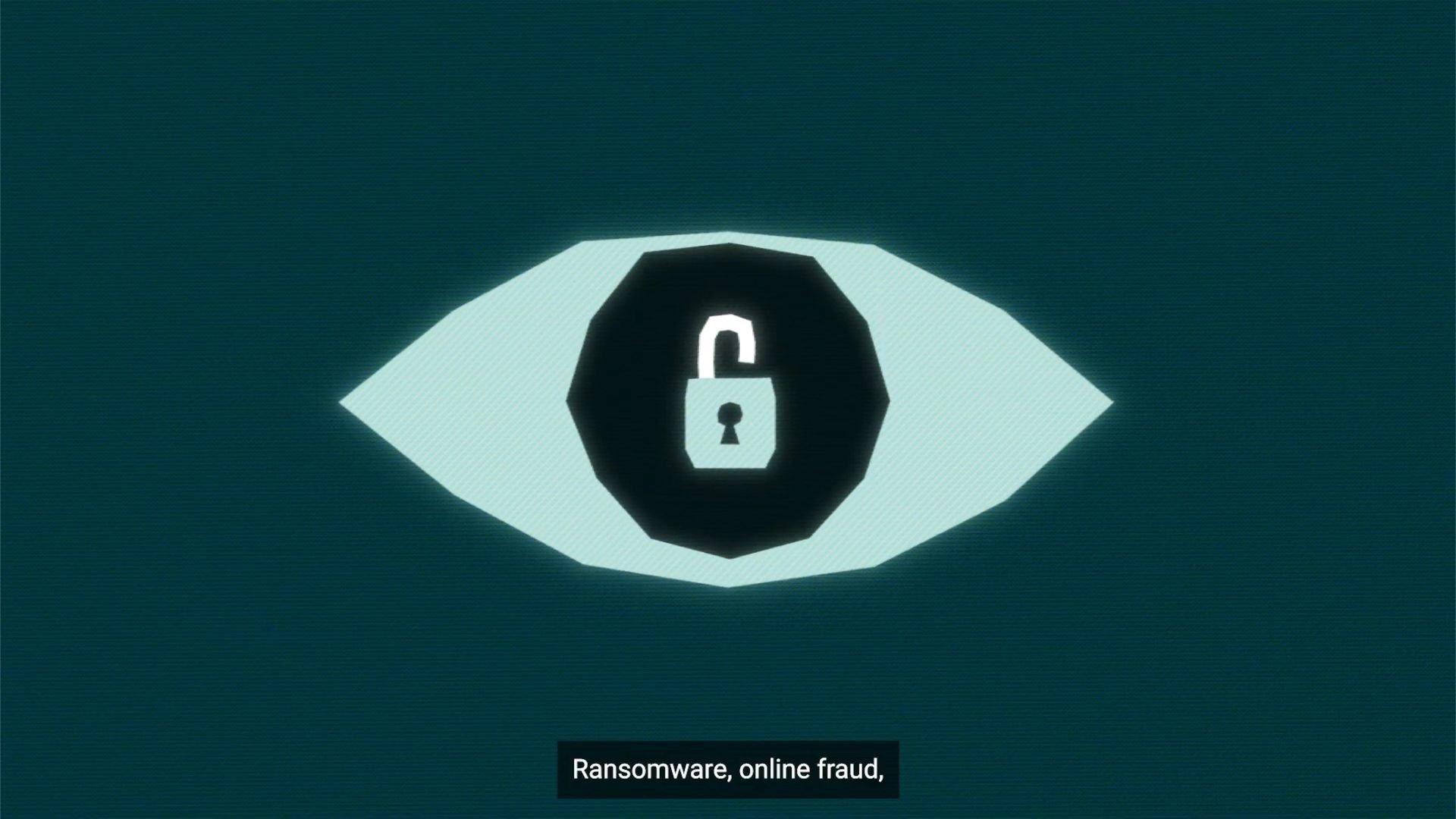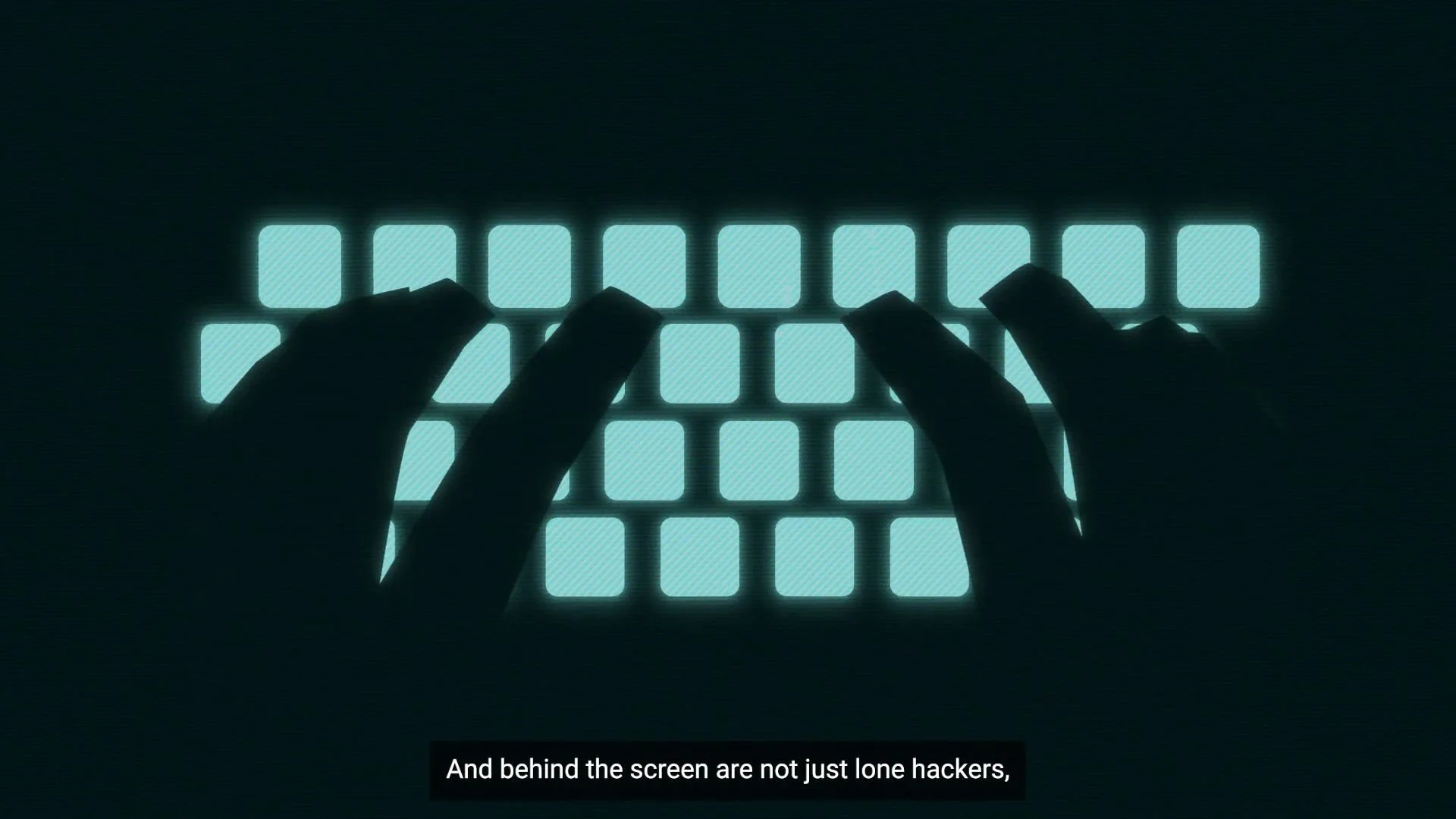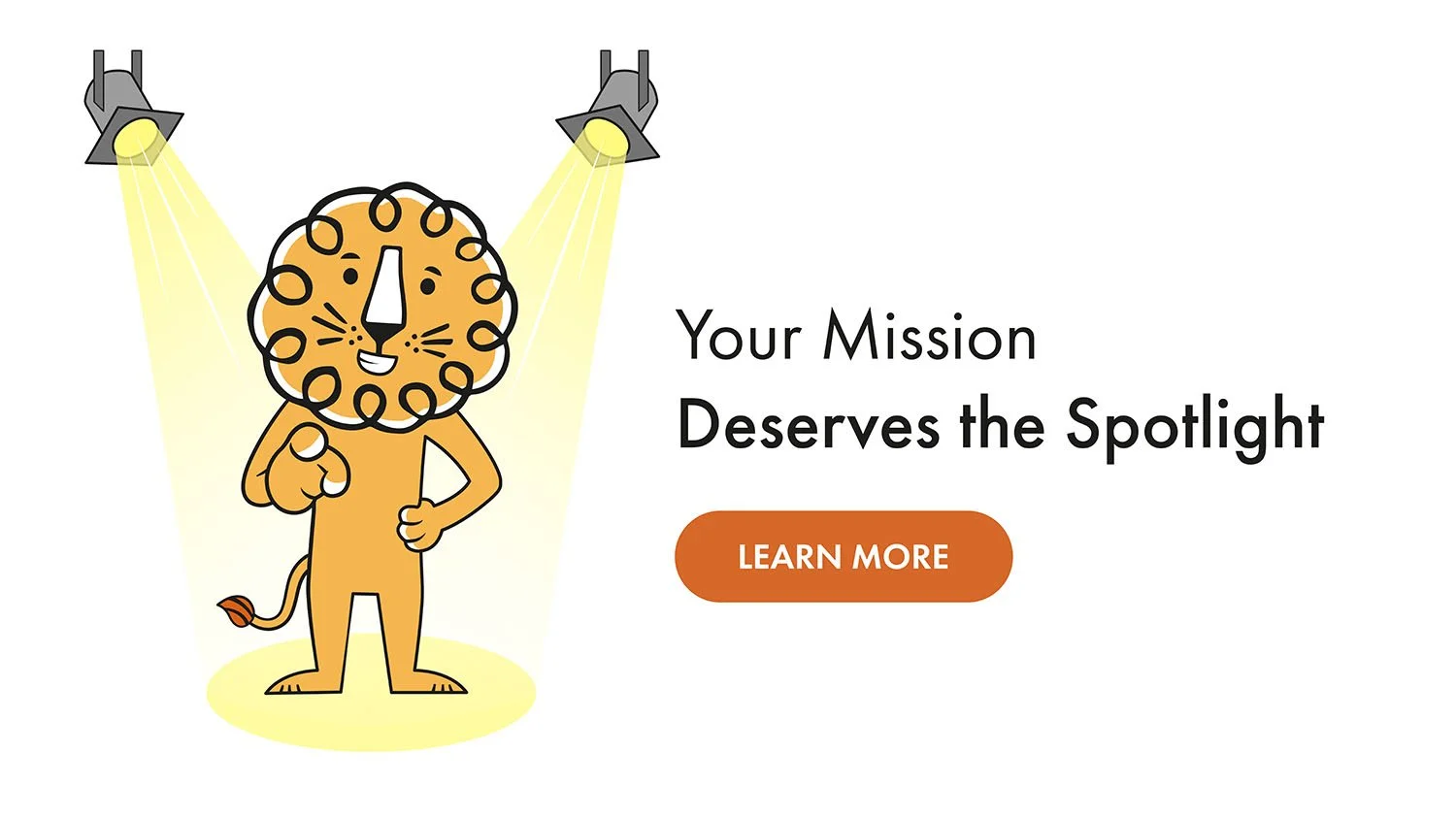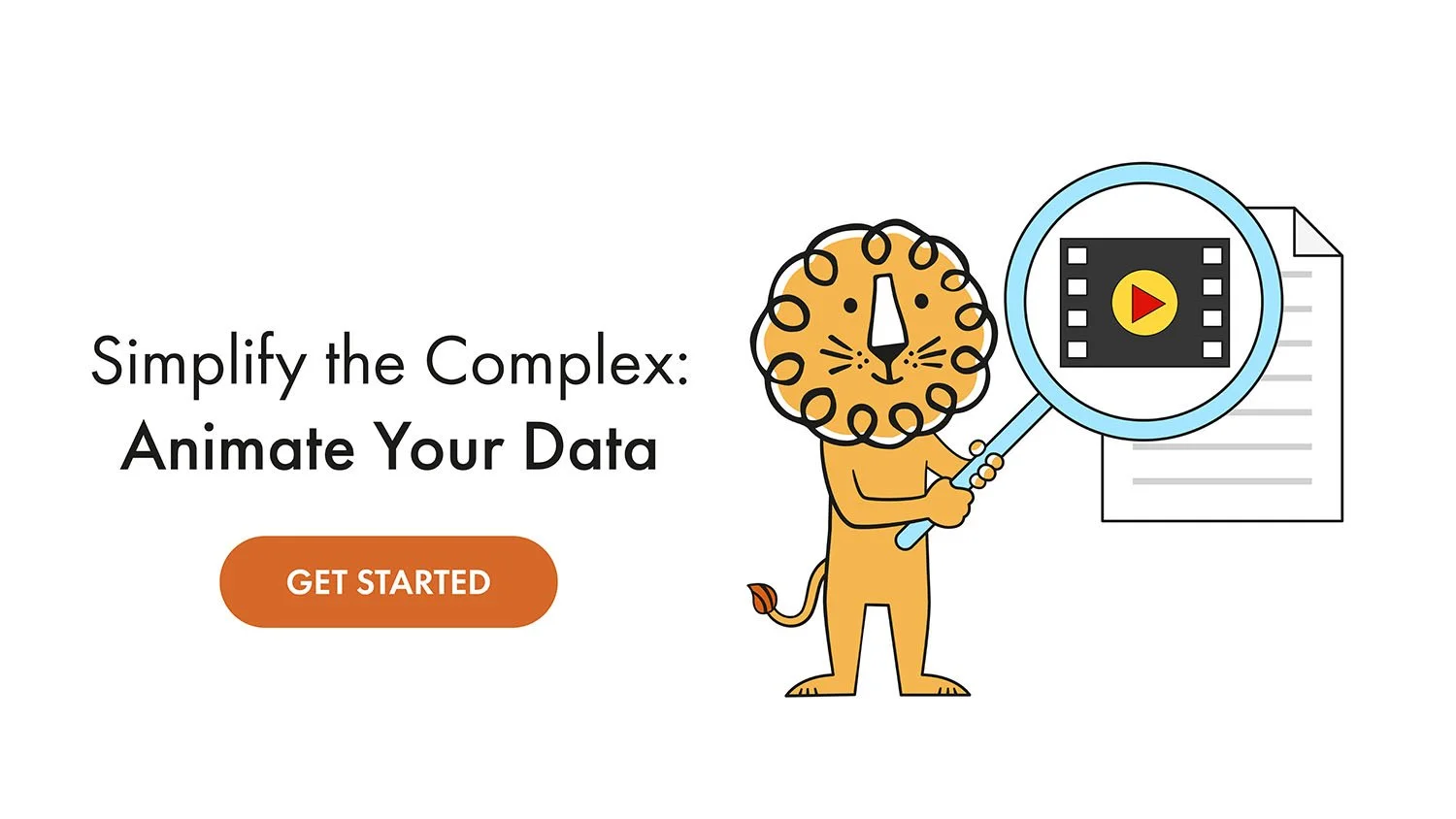Best Nonprofit Animated Videos of 2025 (October)
We usually pick three videos for these monthly charity animation roundups.
October wouldn't let us.
A Kenyan studio turned media literacy into a pop anthem for seven-year-olds. The UN made a film about age discrimination without dialogue. UNODC rendered cybercrime as glowing neon schematics. And TED-Ed traced asthma treatment from 19th-century cigarettes to modern inhalers.
Four videos. Cutting one felt wrong. Our animation company's picked all four.
Best Healthcare Animation
TED-Ed's "How Do Inhalers Work?"
Marcel Proust wrote from a cork-lined room because asthma trapped him there. His doctors prescribed anti-asthma cigarettes.
Yes. Cigarettes. For asthma.
Darvideo Animation Studio opens this TED-Ed healthcare animation with that absurdity, then traces a century of better remedies until we reach the modern inhaler.
The animation plays with time. Muted vintage tones for Proust's 19th-century suffering. Vibrant blues and pinks inside modern lungs watching bronchodilators work. Smoke becomes lungs, diagrams unfold into beating anatomy, cause morphs into effect.
At 300,000+ views, the comments became a support group:
"I've had asthma for as long as I can remember and honestly, you forget how scary it can be. I've had teachers force me to run until I collapsed because they didn't believe me."
Another viewer: "It's pretty breathtaking."
One commenter referenced House M.D.: "I will always remember the old lady who used the inhaler like a perfume sprayer." If you know, you know.
That's what healthcare animation should do: make invisible suffering visible. Darvideo took respiratory pharmacology and turned it into human ingenuity saving millions of lives, one puff at a time.
Best Educational Animation
UNESCO & Super Sema's "Digital Hero"
Most seven-year-olds can't spot misinformation. Most adults can't either.
Kukua, the Kenyan women-led animation studio behind Super Sema, just taught kids to identify fake news with a 3-minute pop song.
"Digital Hero" features Africa's first STEM superhero teaching media literacy through a call-and-response anthem. No condescending narrator. Just catchy lyrics kids actually want to sing.
The 2D vector animation glows. Neon holographic icons pulse to the beat. Bright orange heroes against cool blue digital backgrounds. Everything syncs to the music, turning media literacy into muscle memory.
The lyrics do the teaching:
"Who wrote this and why? Is the author verified?"
"Combat misinformation we know, that's what makes a digital hero."
The view count tells the story: 400+ on UNESCO's channel. 34,000+ on Super Sema's.
That 88x gap? Kids don't subscribe to UN agencies. They subscribe to characters they love. UNESCO understood that. Smart nonprofit video strategy meets audiences where they already are.
Thousands of kids now know "Is the author verified?" by heart. Education that doesn't feel like homework.
Best NGO Animation
OHCHR's "The Fortune Teller"
Age discrimination doesn't announce itself. It's the quiet assumption that someone's "too old to learn." The unspoken decision to hire the younger candidate.
The UN Human Rights Office made a five-minute film about how societies steal futures based on age, without saying a word.
"The Fortune Teller" follows three characters visiting a futuristic booth. Rowan learns he's "too old to learn." Nazia's "too old to work" and was replaced despite her competence. Mark and Twain are "too old to earn," freelancers without pension security.
The hand-drawn 2D animation feels deliberately imperfect. Rough pencil lines. Painterly textures. Soft gradients. The visuals refuse corporate polish because this story needs humanity.
Then the turning point. The computer asks: "If society chooses to change, then…"
New futures load. Rowan teaches robotics. Nazia's experience matters. Mark and Twain have security.
This NGO animation is criminally underwatched. The absence of voiceover makes it work anywhere, for anyone.
The quietest nonprofit videos sometimes hit hardest.
Best NGO Animation (Cybersecurity)
UNODC's "The UN Cybercrime Convention"
Cybercrime has no face. No getaway cars. Just millions disappearing from hospital accounts at 3 a.m. because someone clicked a link.
UNODC made the invisible visible: glowing cyan lines on black screens, like watching a digital nervous system under attack.
This two-minute explainer animation uses minimalist motion graphics that look like a 1980s mainframe. Silhouette figures. Geometric shapes. Neon line art with CRT screen texture and grid overlays.
The clever bit? Visual metaphor as infrastructure. A hospital traced in neon outlines, invaded by glowing red threats. A hand manipulating a puppet brain. Keyboard keys morphing into screens filled with human silhouettes, thousands of individuals behind coordinated operations.
This marks the 2024 UN Convention Against Cybercrime, landmark international law defining how nations prosecute digital crime. Real-world results: legal reform, law enforcement training, cross-border intelligence sharing.
Cybercrime isn't just stolen credit cards. It's every system weaponised against vulnerable people, and most legal frameworks are decades behind.
What October's Nonprofit Videos Actually Did?
Style is strategy, not decoration. Darvideo shifted colour palettes mid-video to show a century of medical progress. Kukua embedded media literacy in a beat kids can't forget. OHCHR told an entire story about age discrimination without saying a word. UNODC made cybercrime visible by rendering it as cold neon schematics.
Four videos. Four completely different approaches to the same challenge: making people care about something complicated through charity animation.
Audiences are smarter than your panic gives them credit for. 342,000 people watched a lesson about respiratory pharmacology. Over 30,000 kids now know "Is the author verified?" by heart. These healthcare and nonprofit animations weren't simplified. They were clarified. There's a difference, and audiences notice.
Know what your story actually needs. Only one video, OHCHR's, had zero voiceover. It didn't need it. The others used narration or performance because that's what their stories demanded. The lesson isn't "skip the voiceover." It's "trust your instincts about what works."
Education doesn't have to be boring. Boring is just what happens when you're scared to commit to an idea.
Missed our earlier 2025 roundups? Catch up on January, February, March, April, May, June, August, and September. (We'll make up for July next year—promise!)
What's Leon! Animation Studio Up To?
Our 2D animation studio just wrapped a silent NHS video for Oxleas NHS Trust (watch here) about patient data consent. It plays in waiting rooms without sound, so every frame had to work in three seconds, the time someone glances up from their phone.
OHCHR's "Fortune Teller" proved what's possible when you strip away narration completely. We took the same approach for Oxleas, because explaining data privacy through visuals alone is harder than adding a voiceover, which makes it worth doing.
You just read 1,000 words about anti-asthma cigarettes, kids memorising fact-checking through pop songs, and age discrimination told through silence. As a charity & healthcare animation studio, we make complicated messages impossible to ignore. If your message deserves that level of craft, let's talk.

